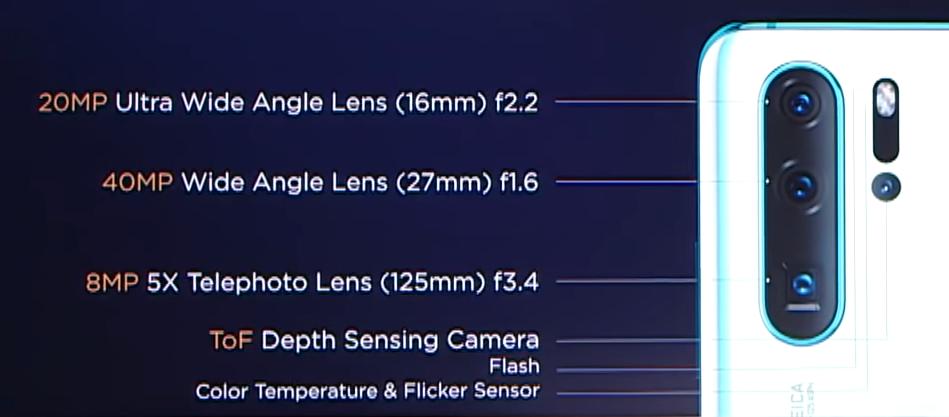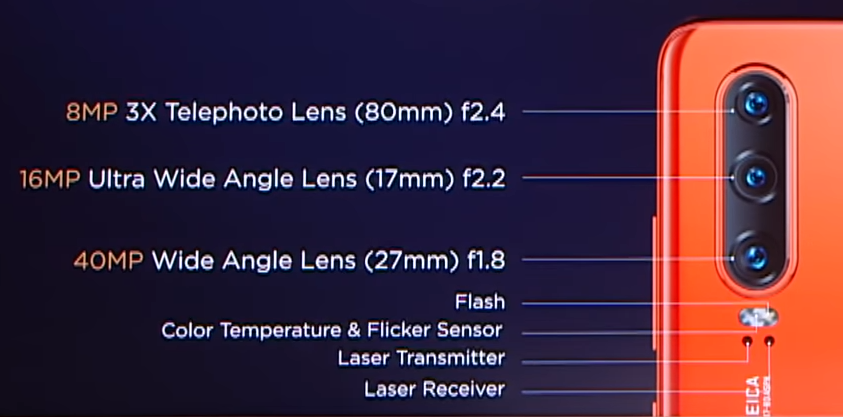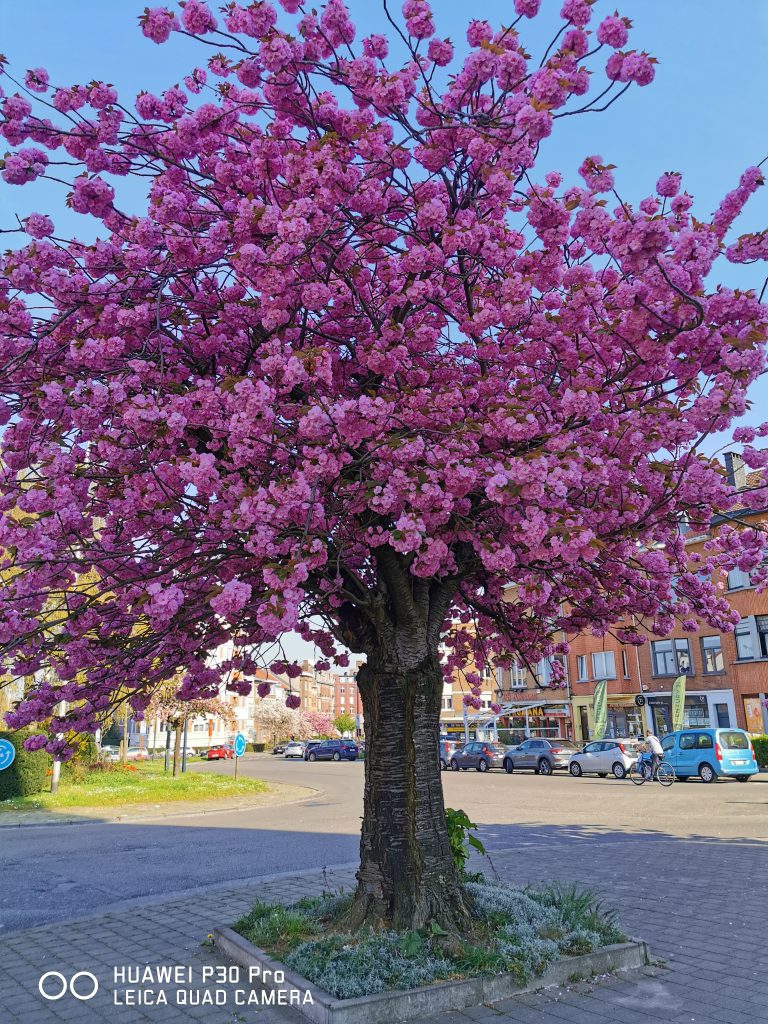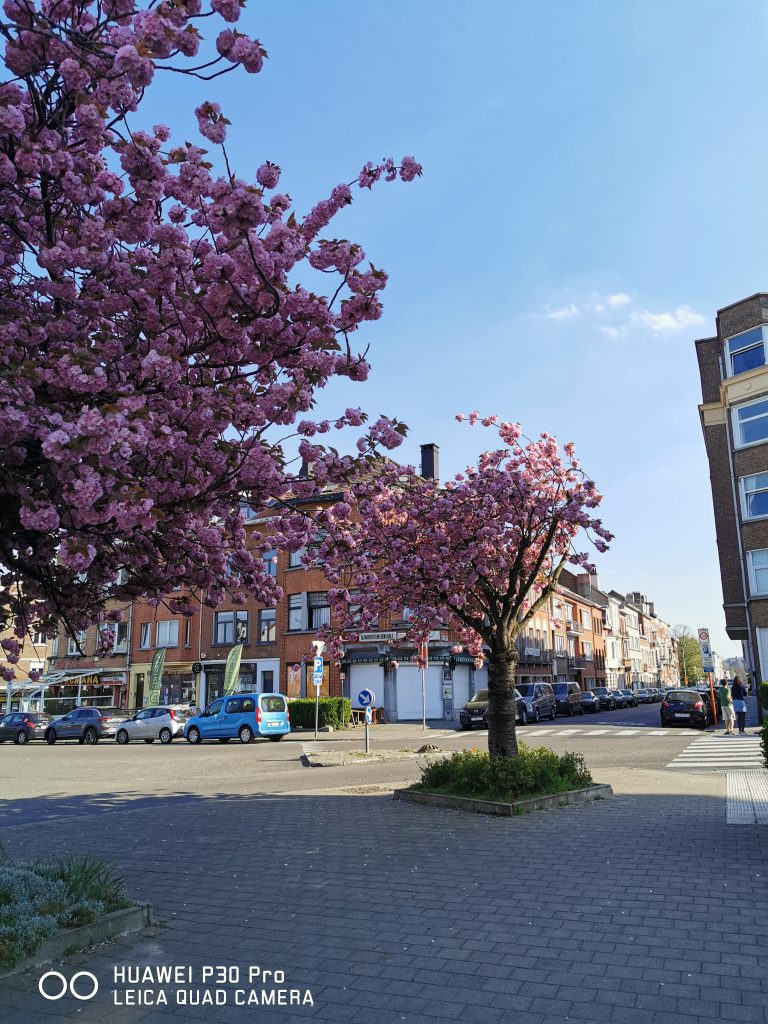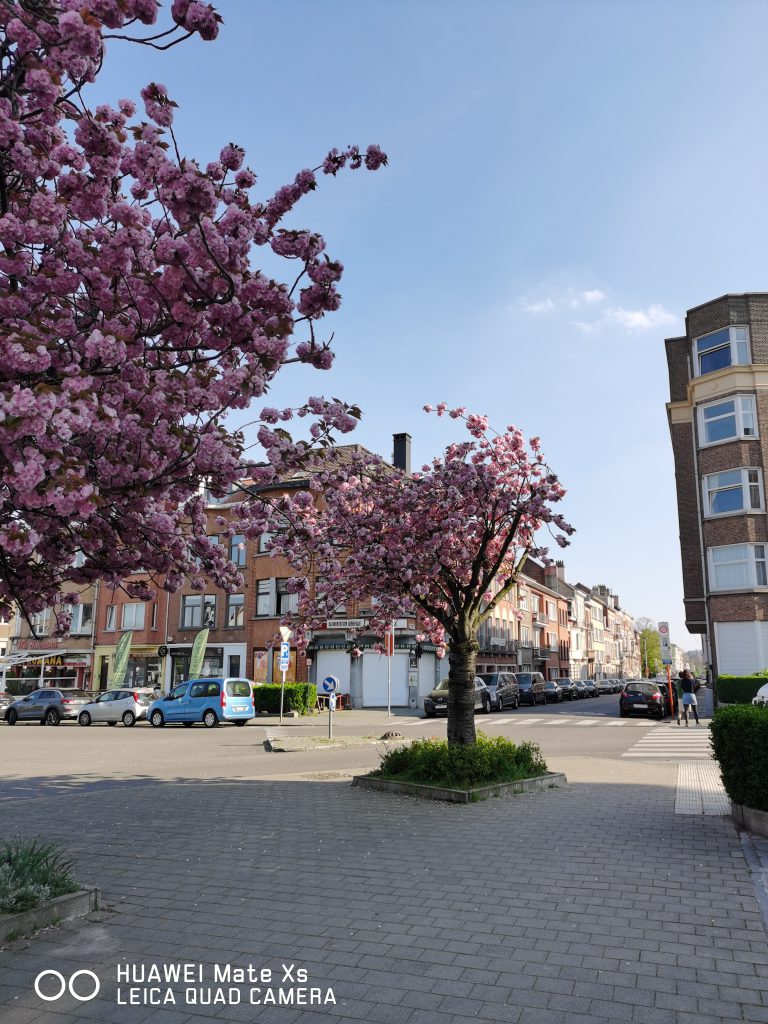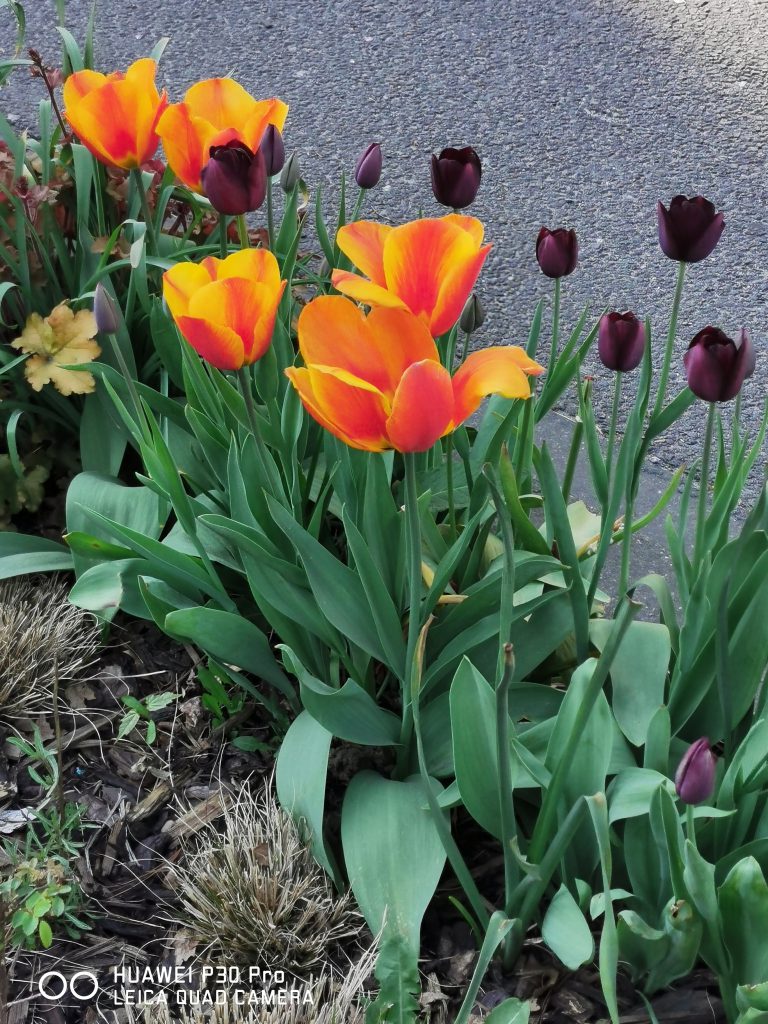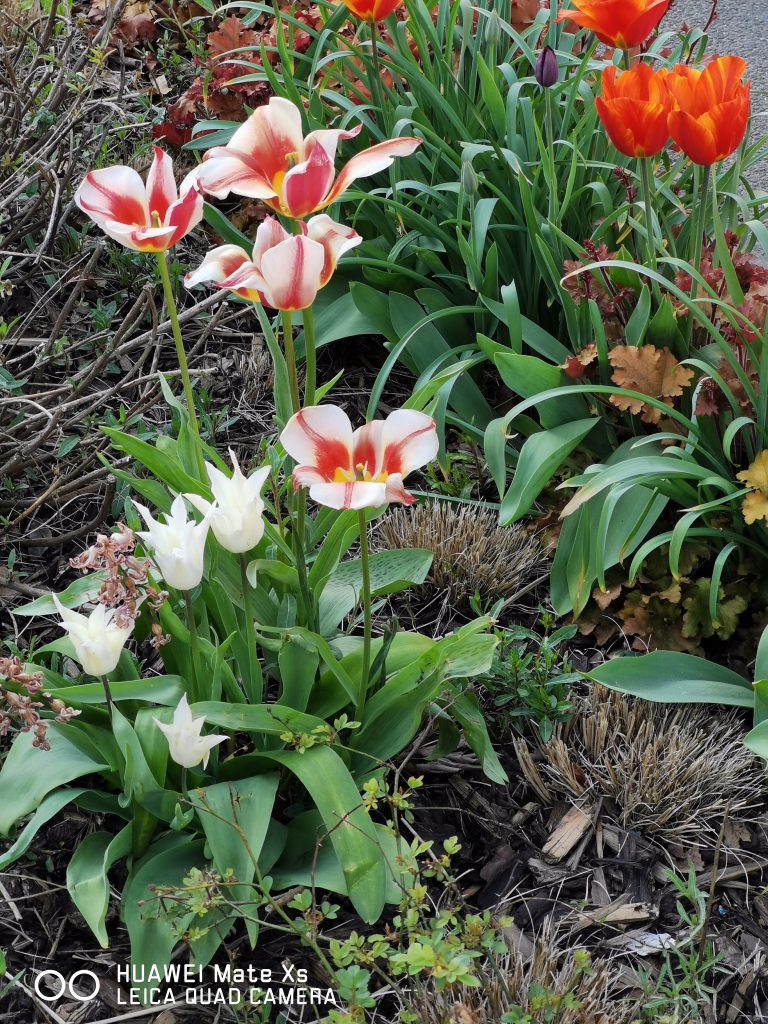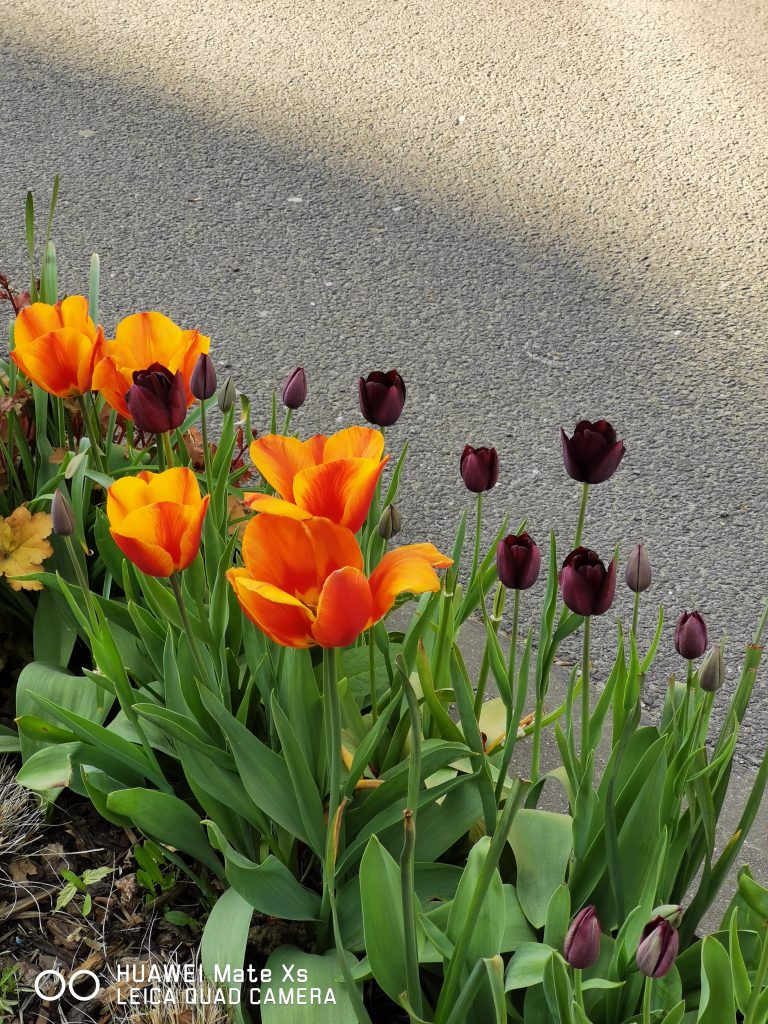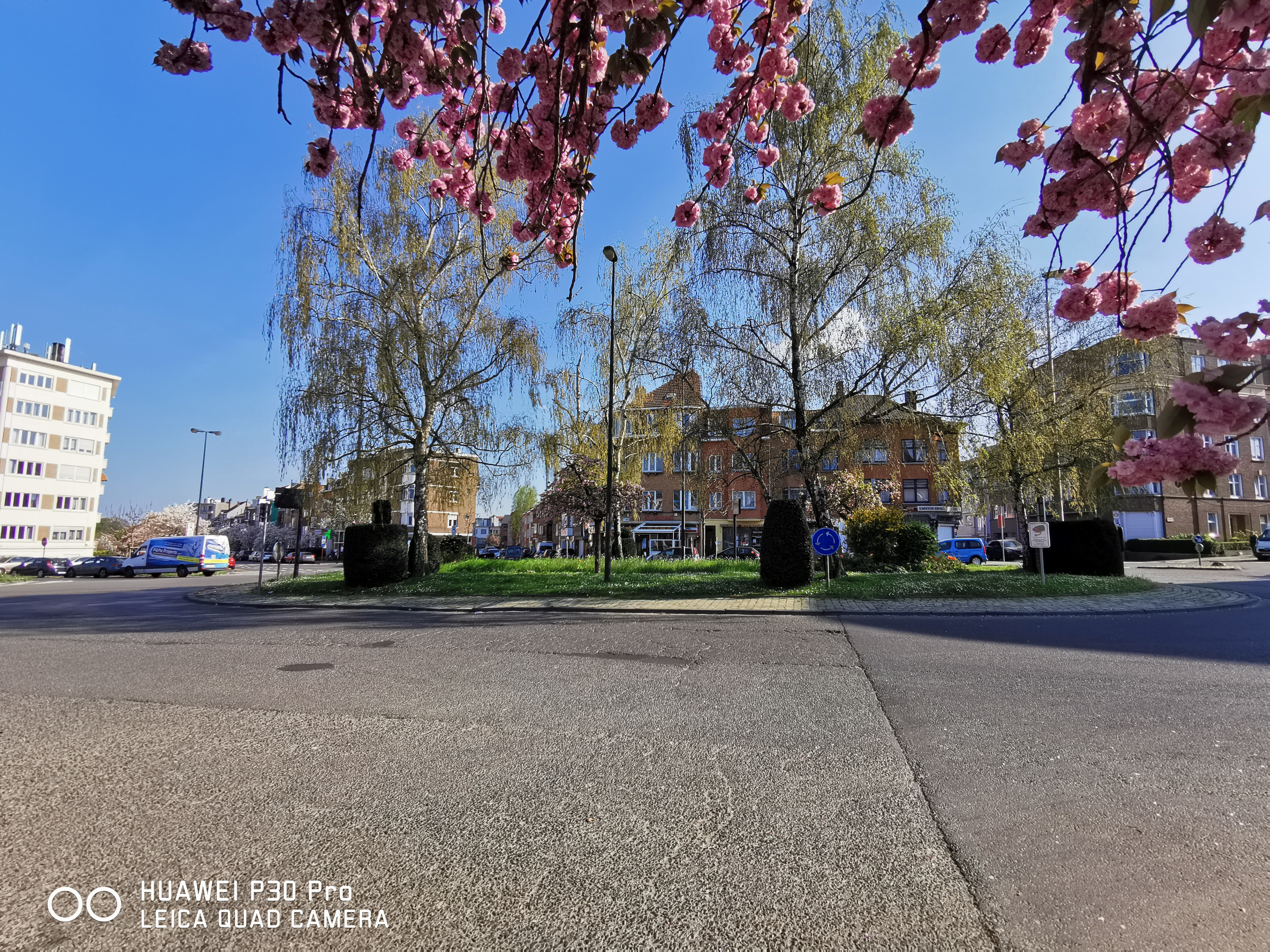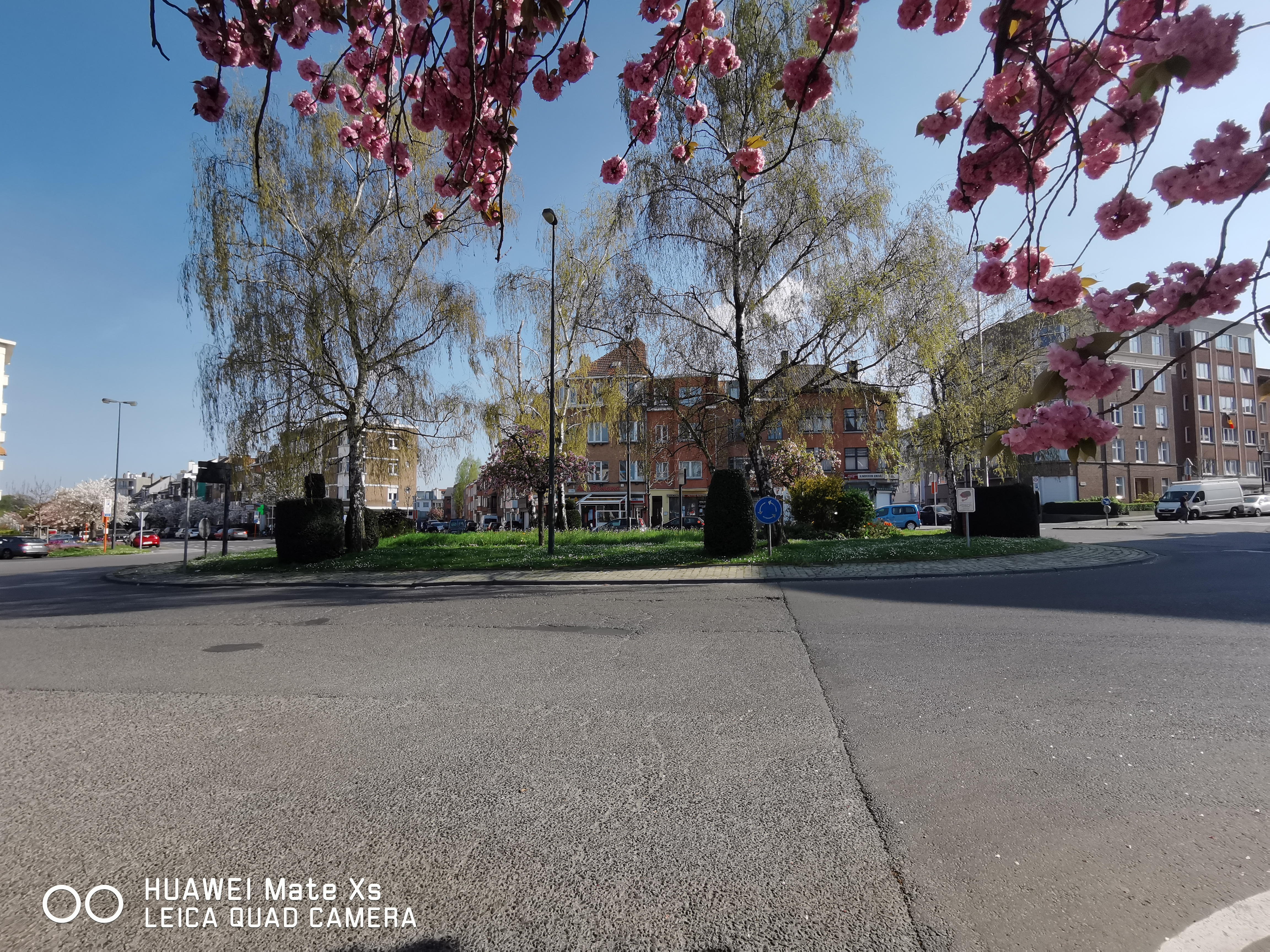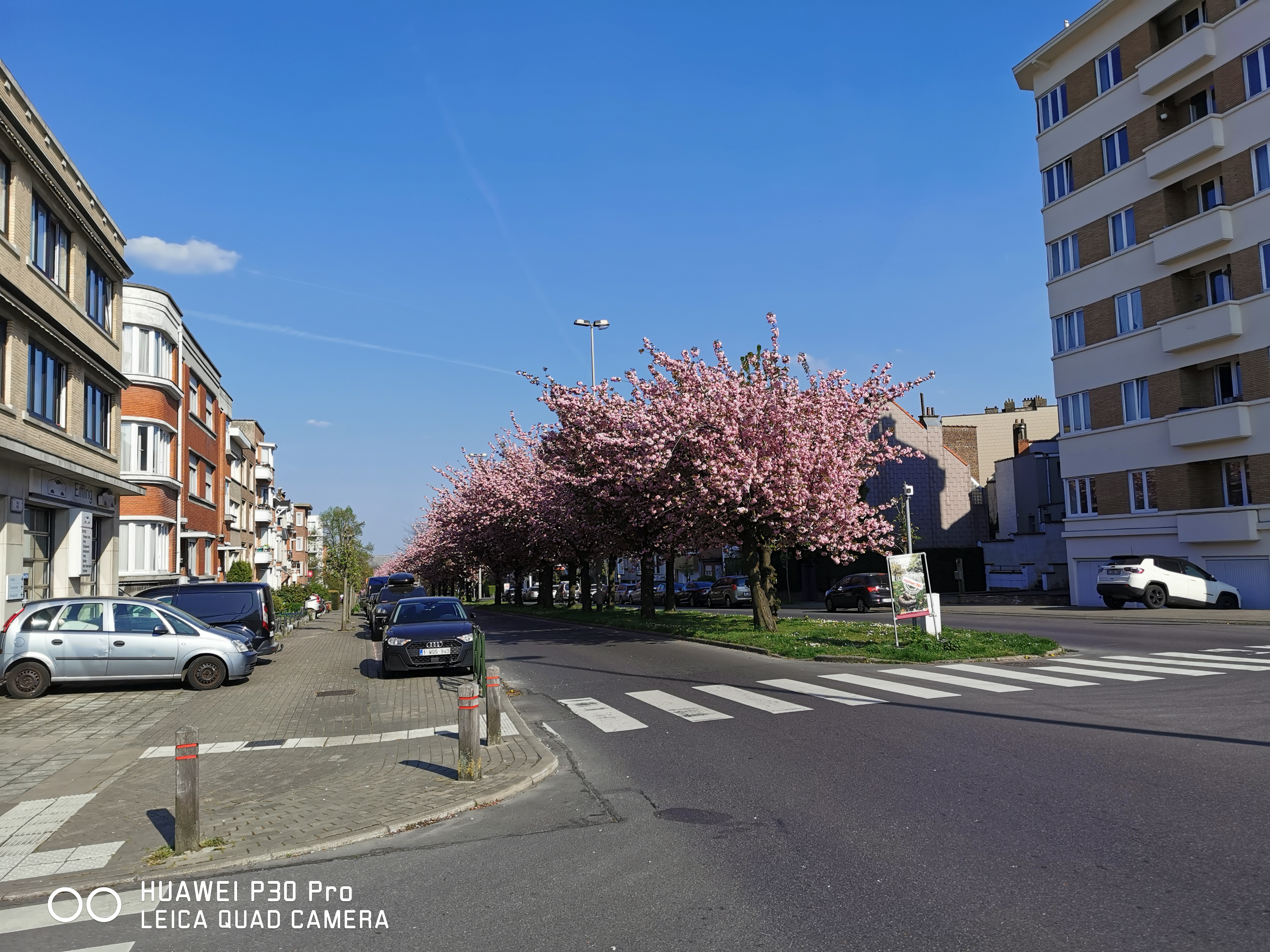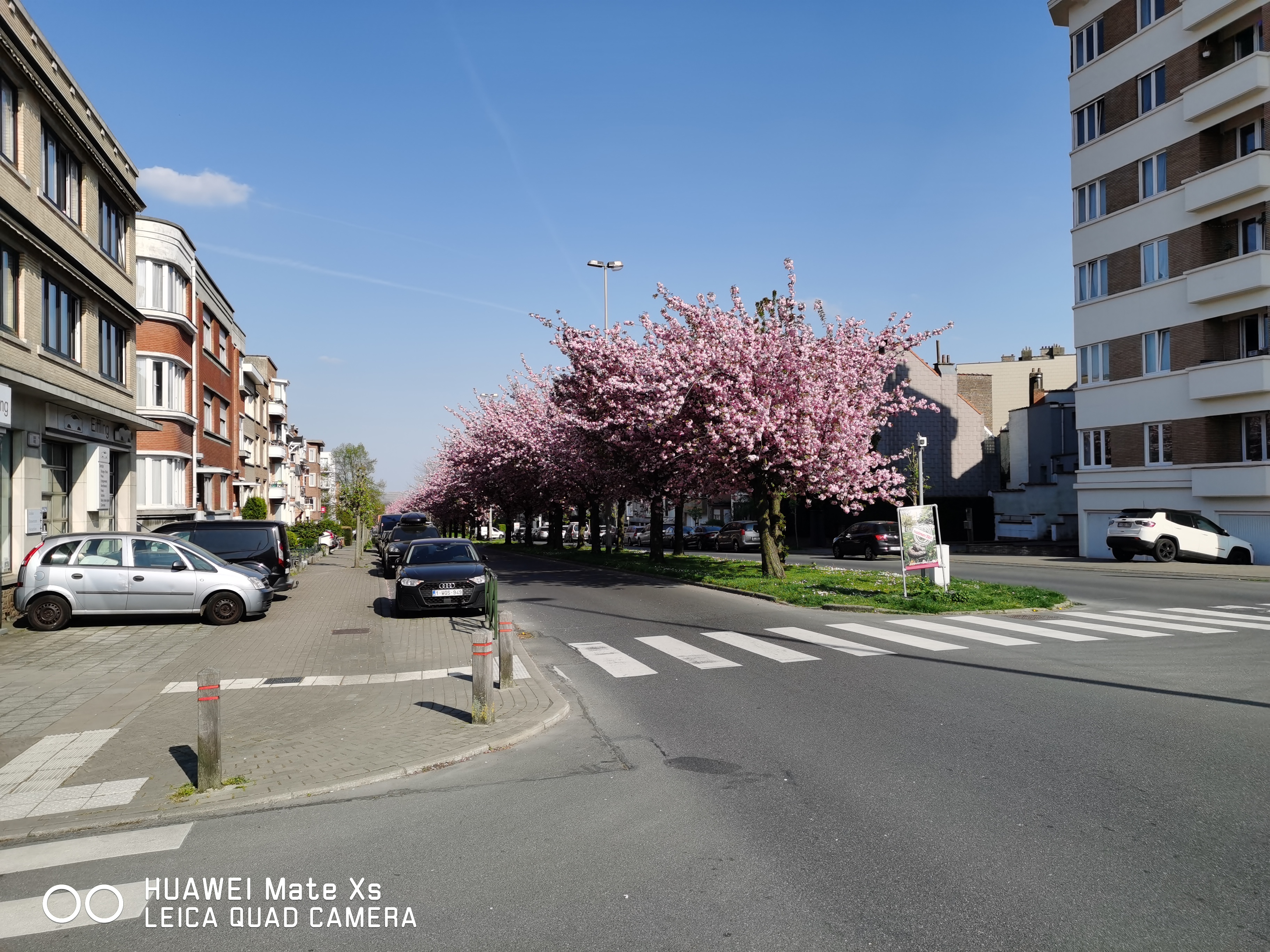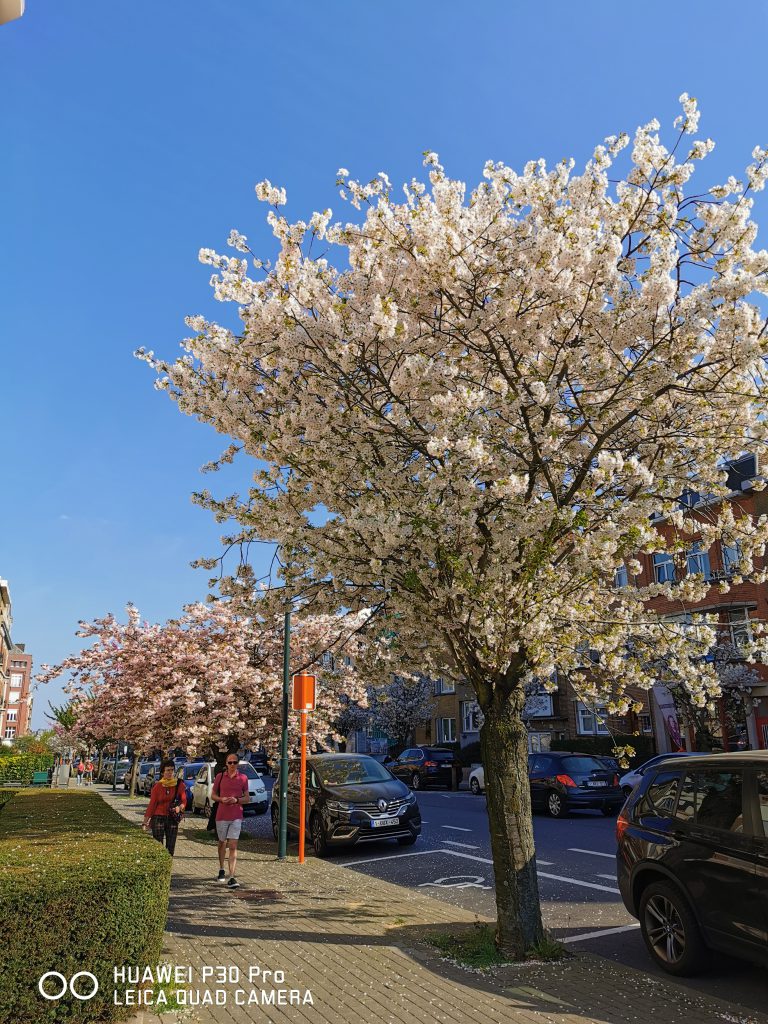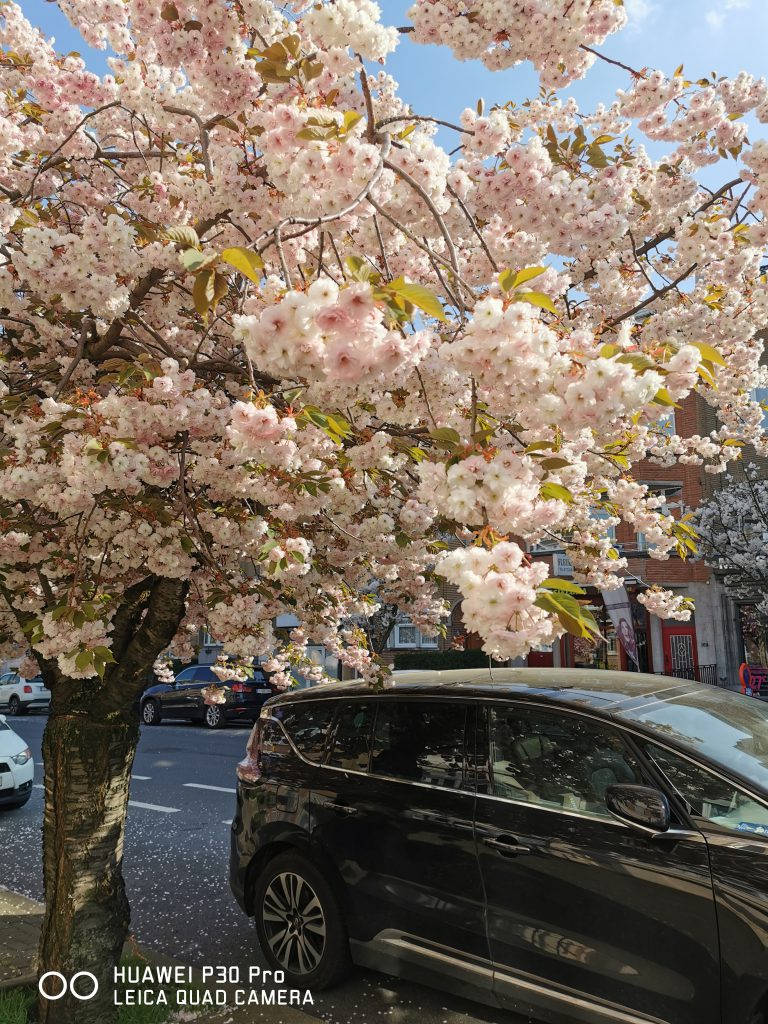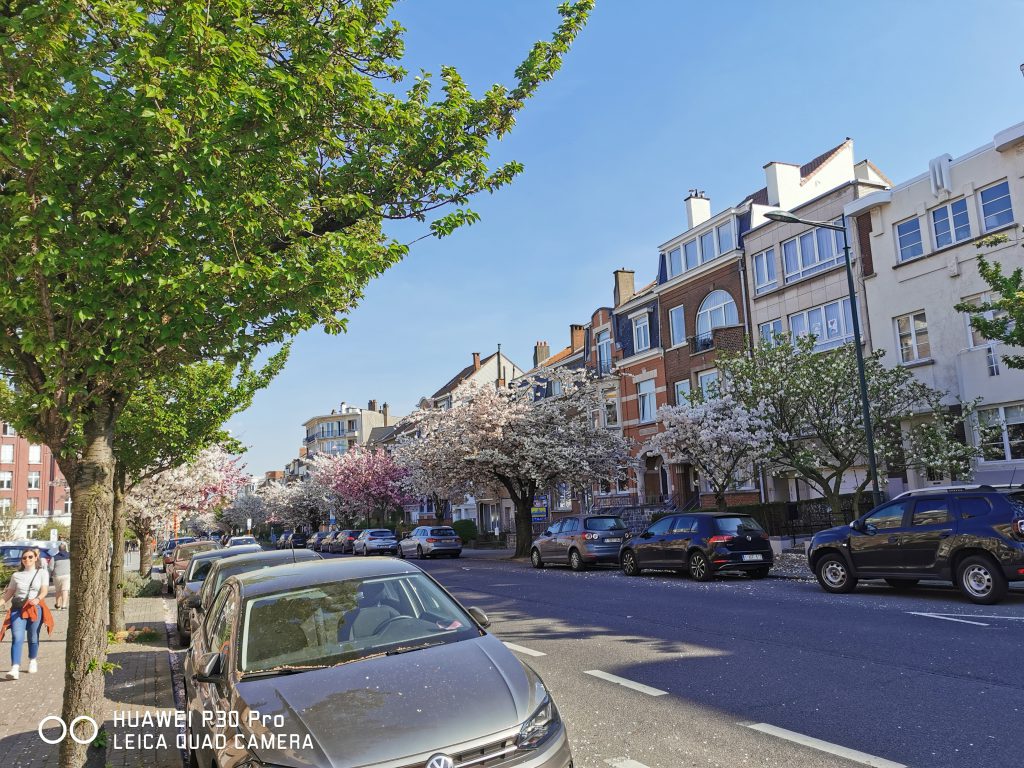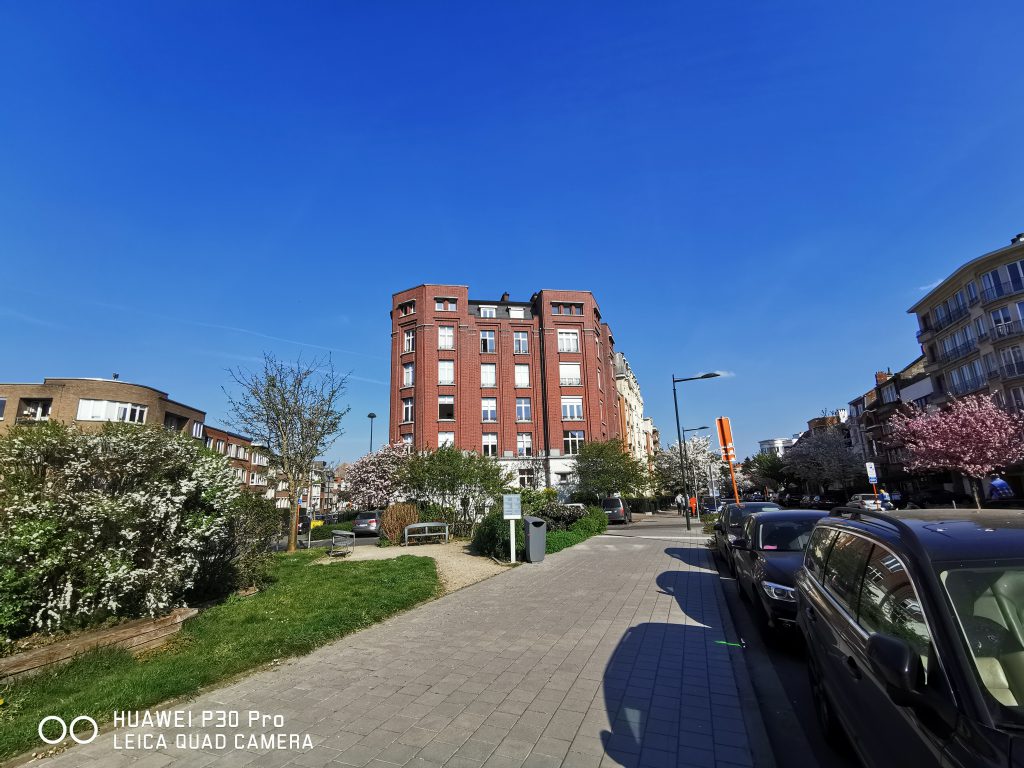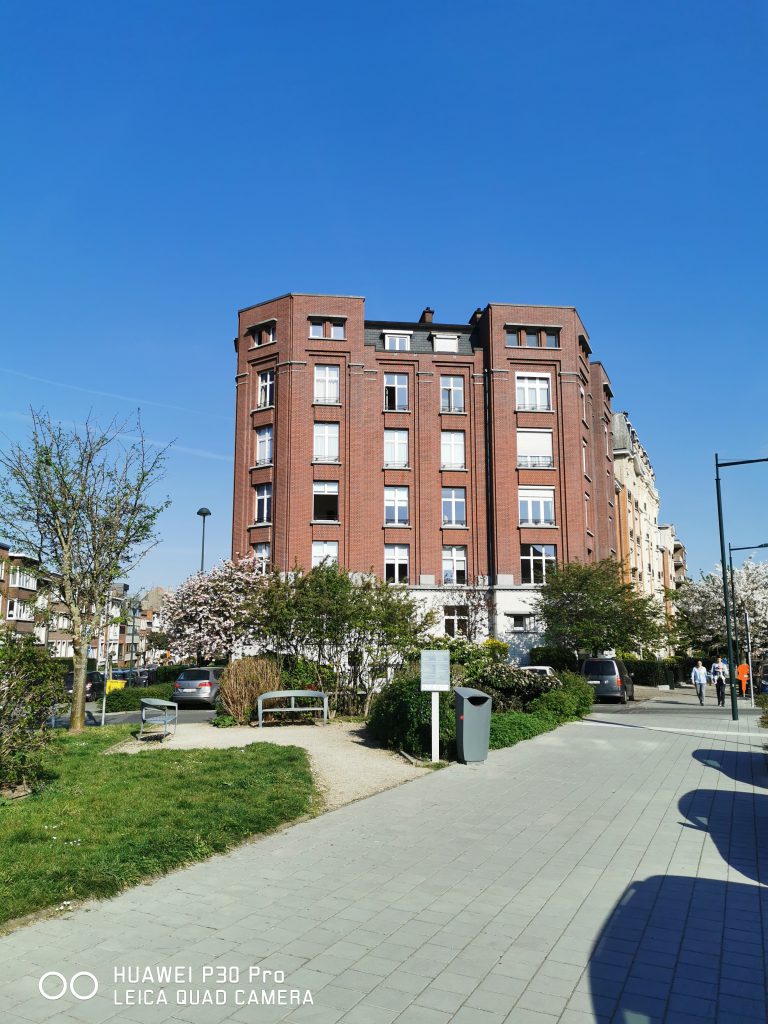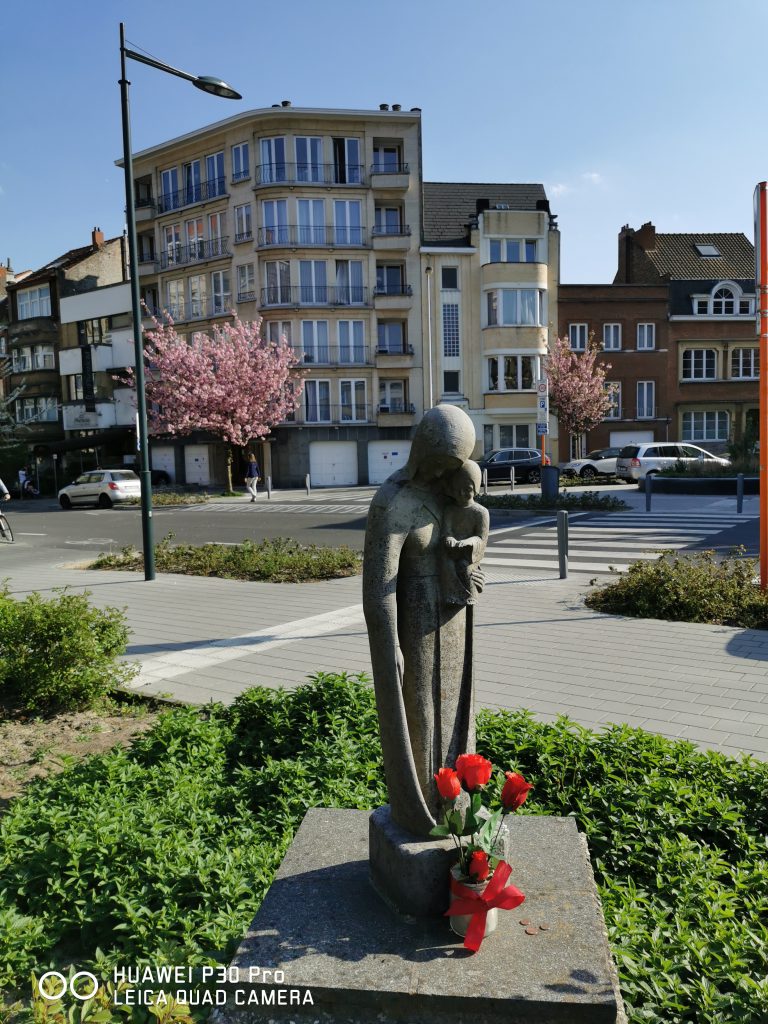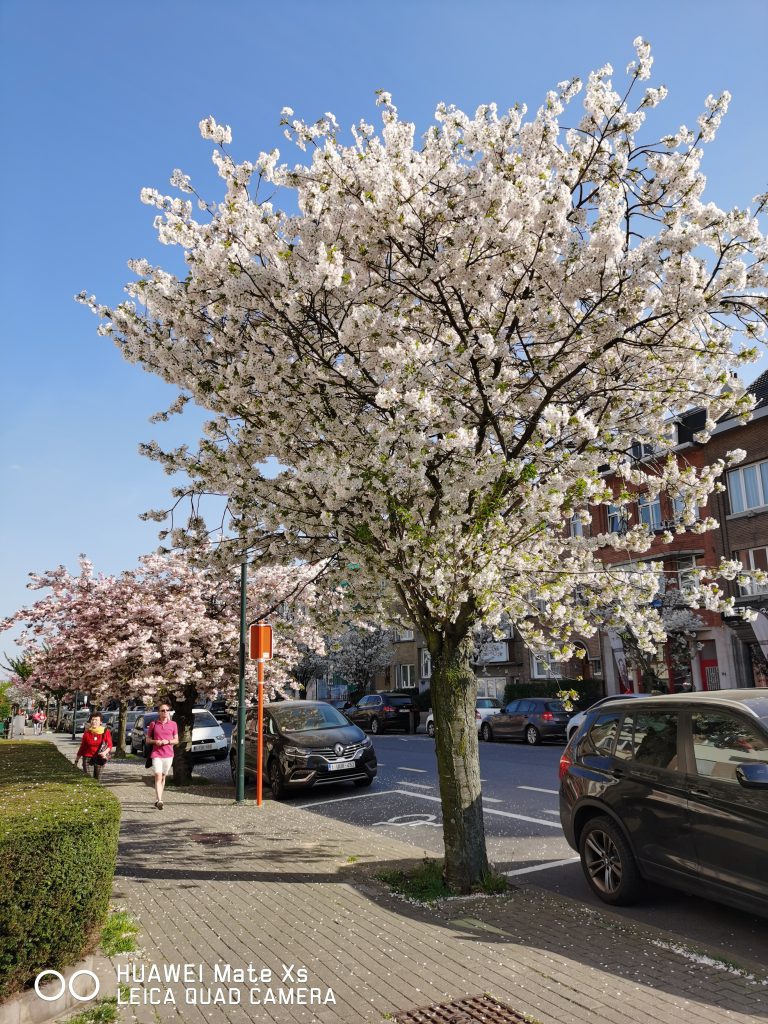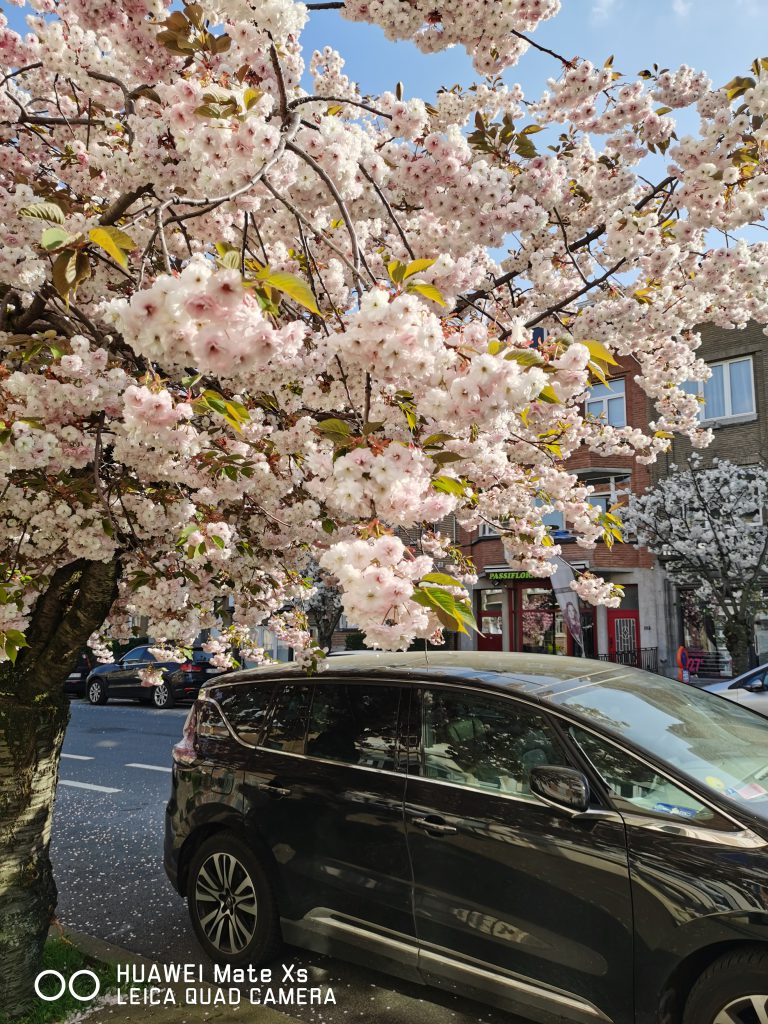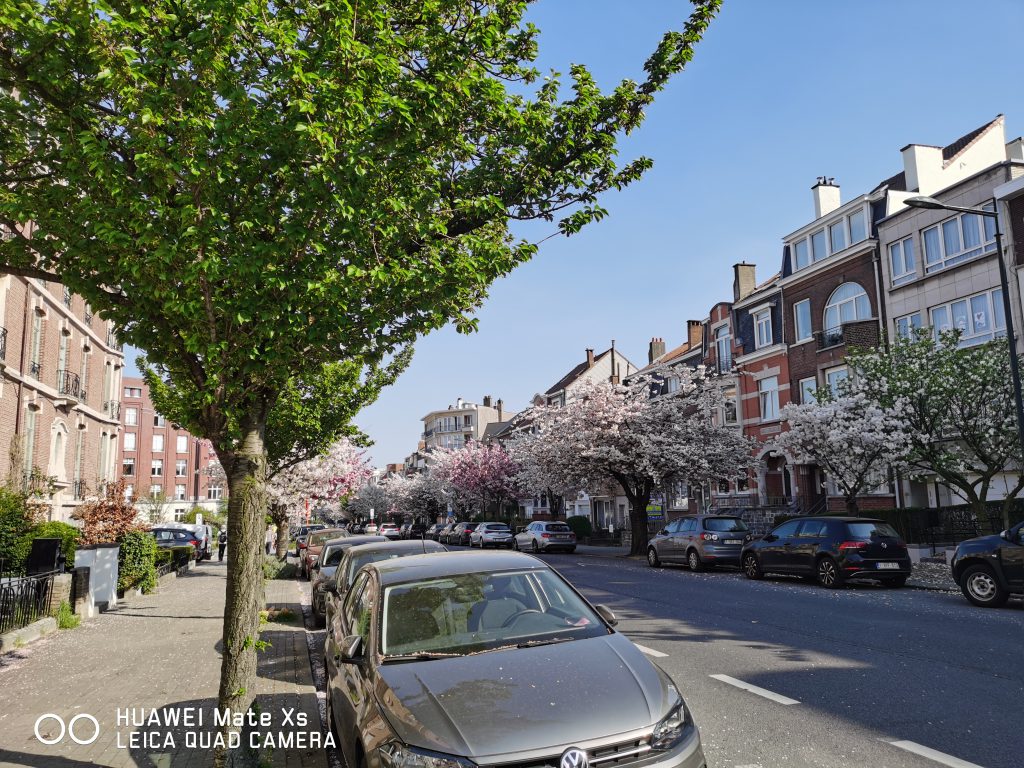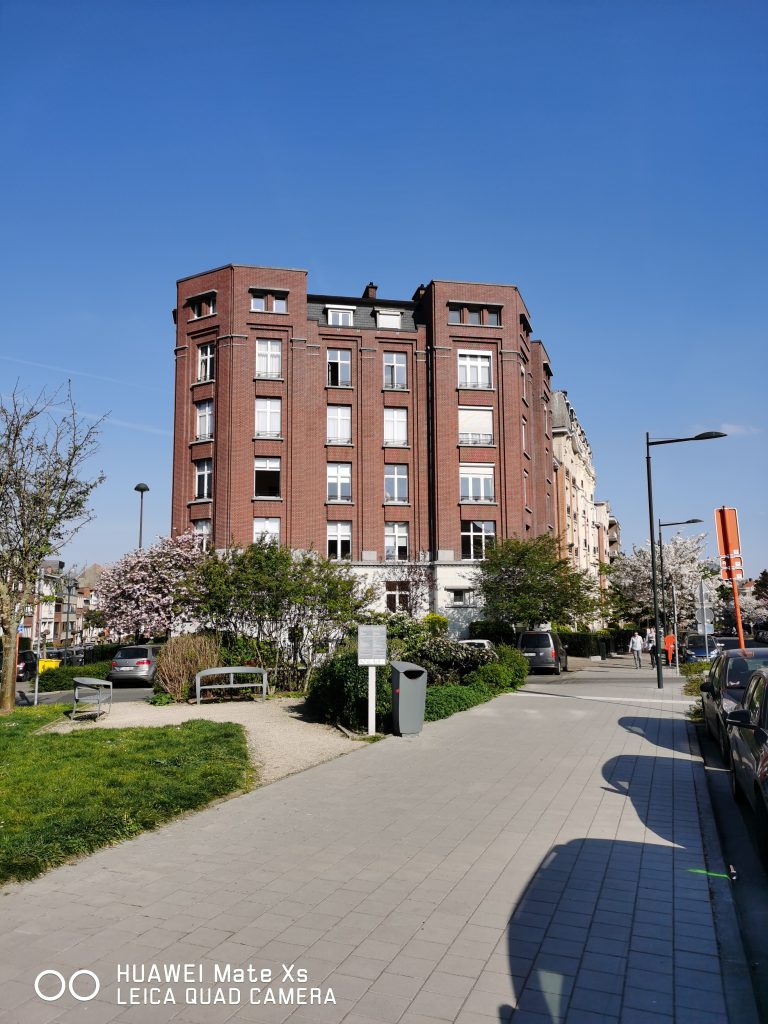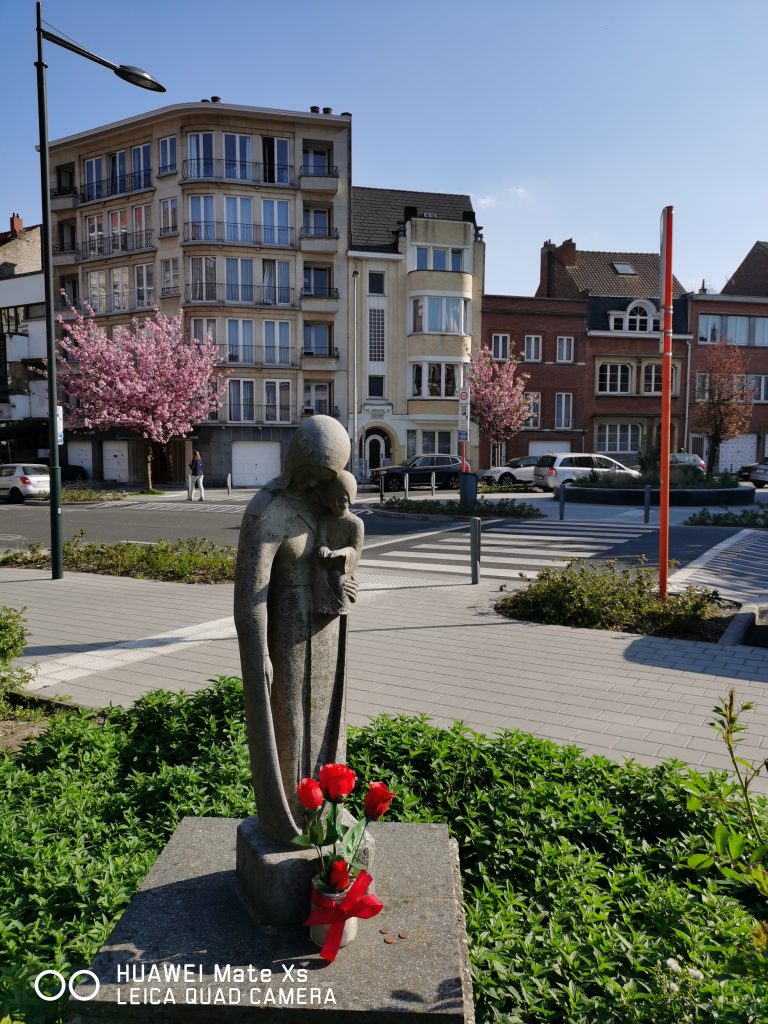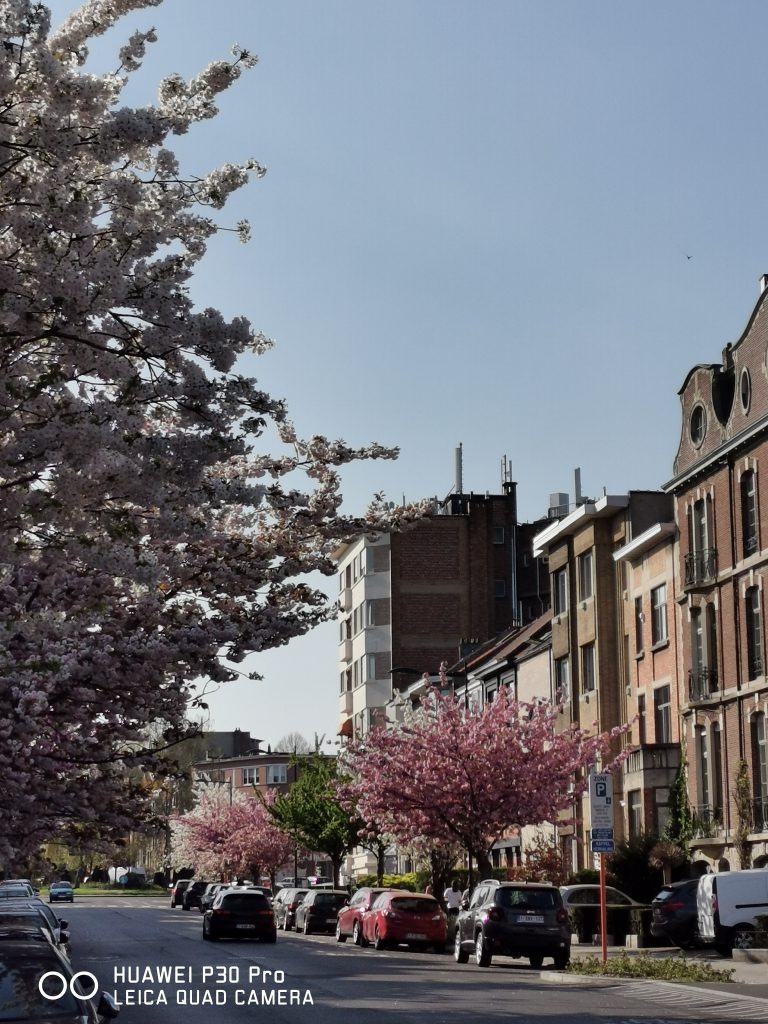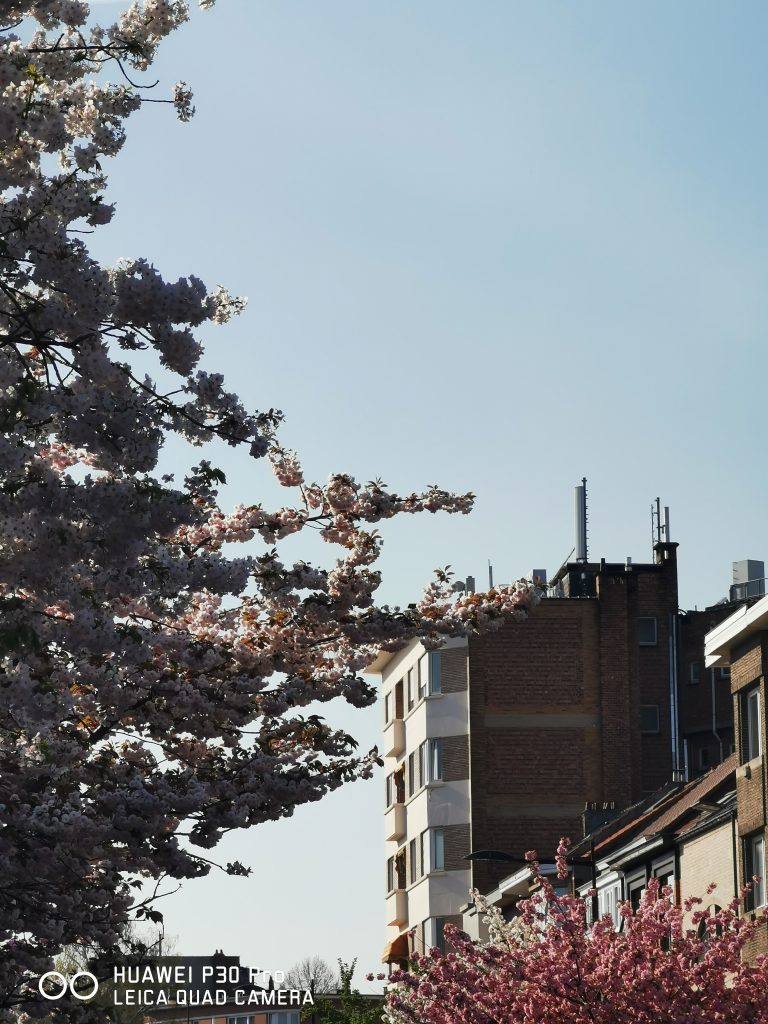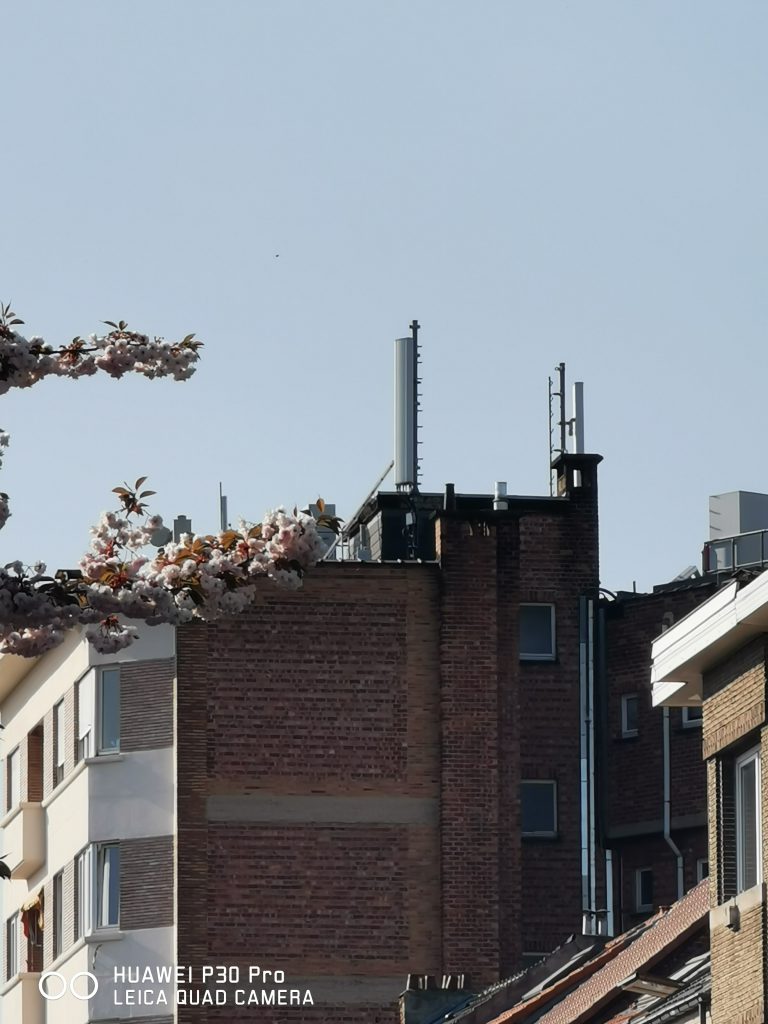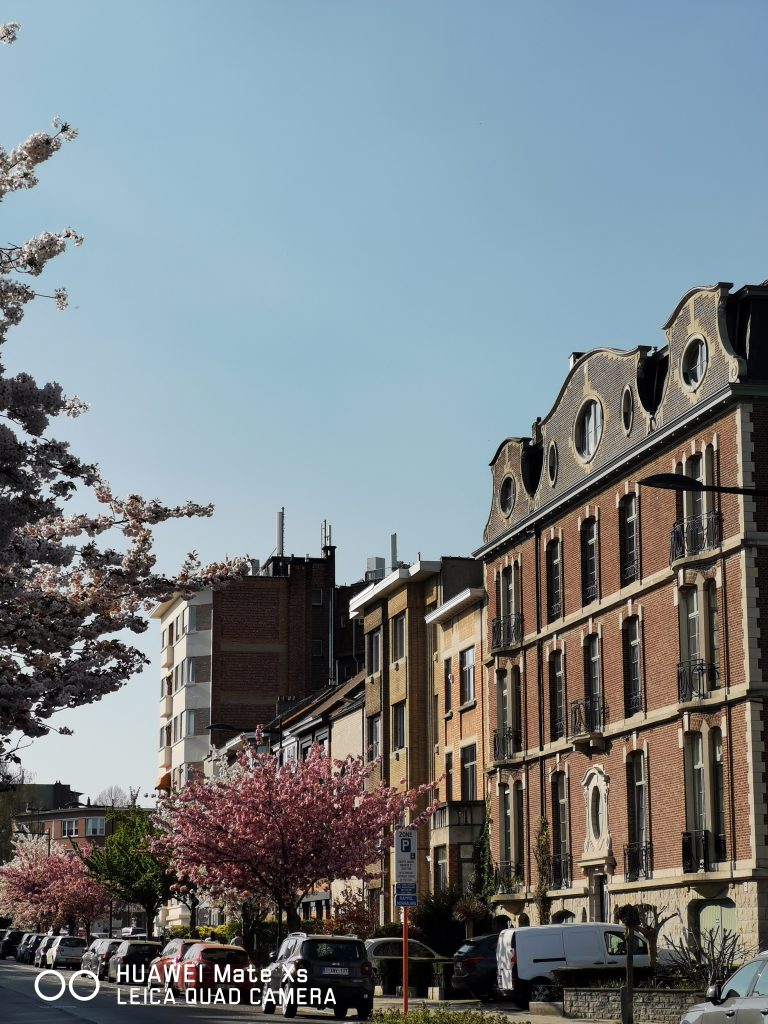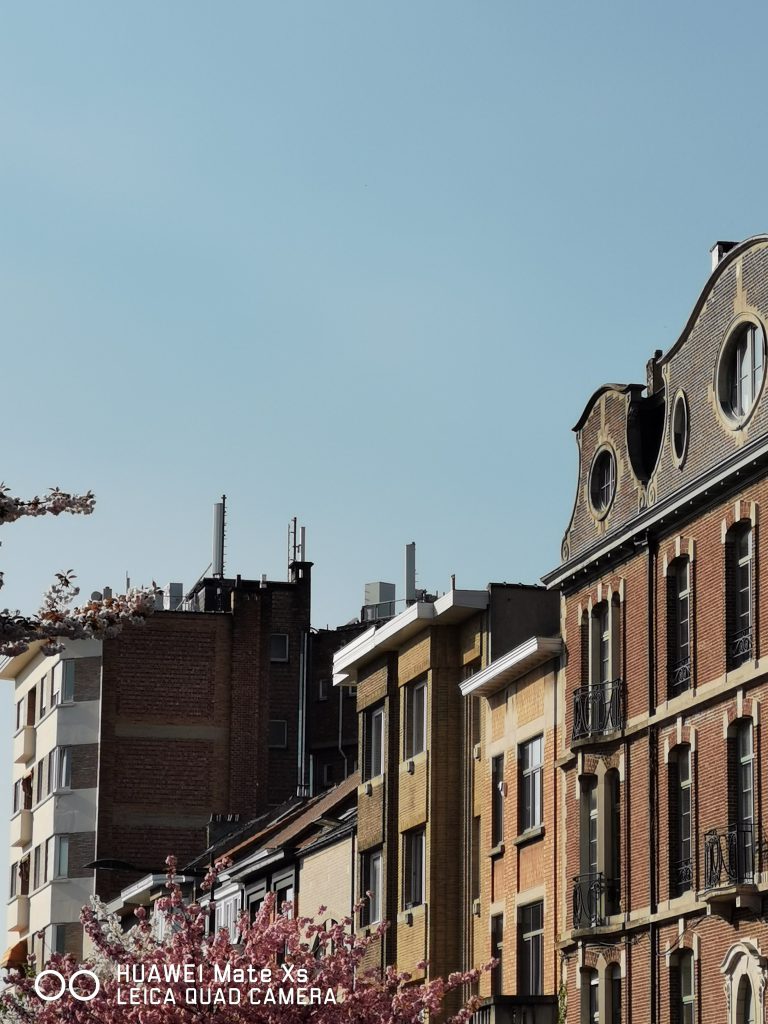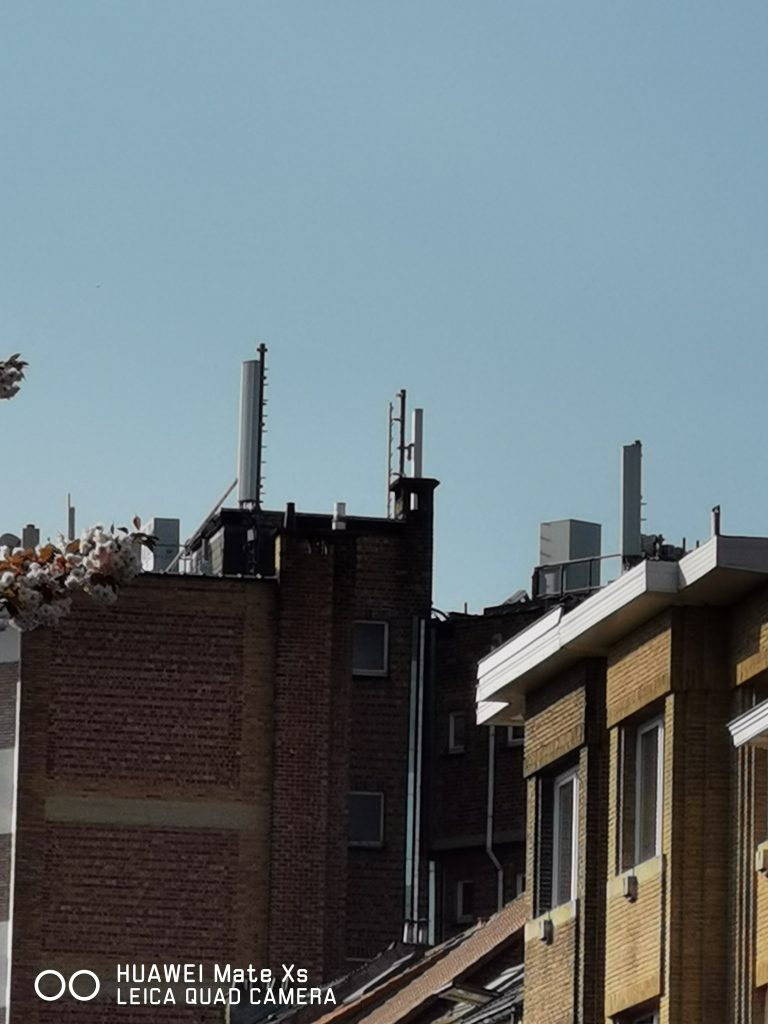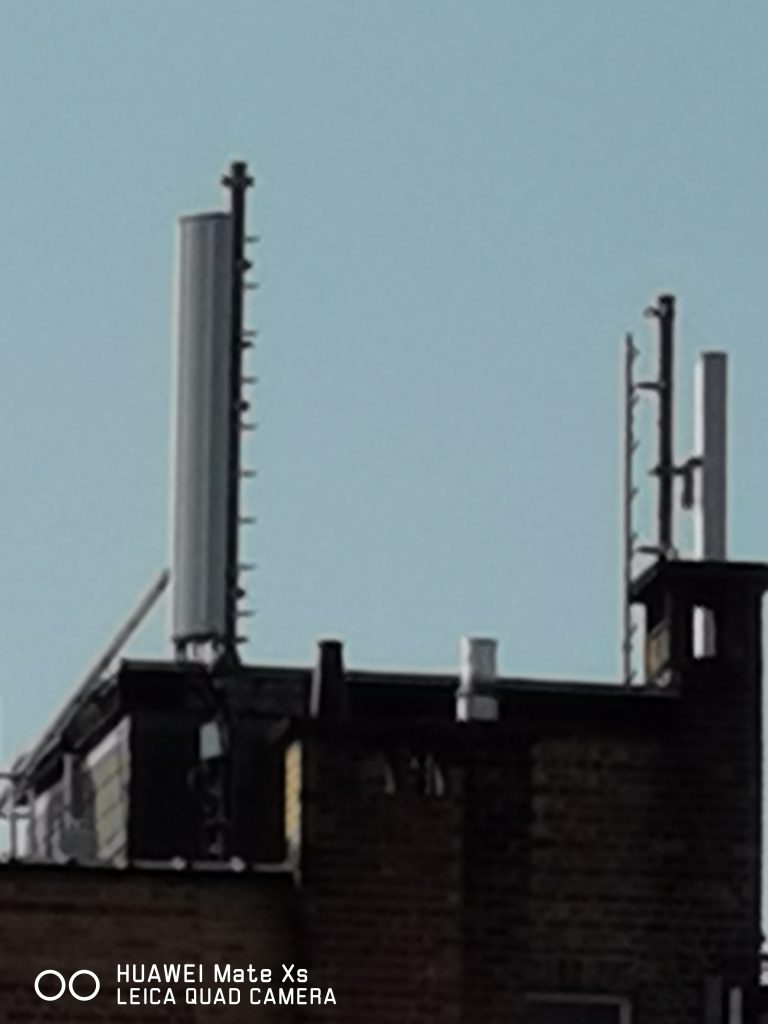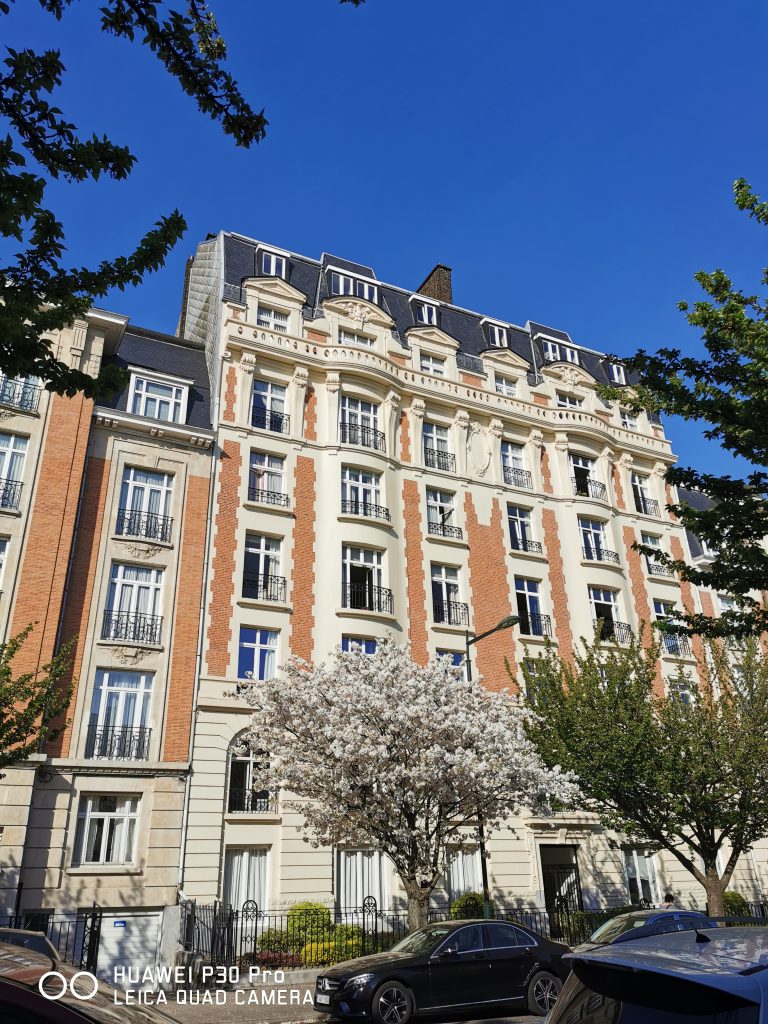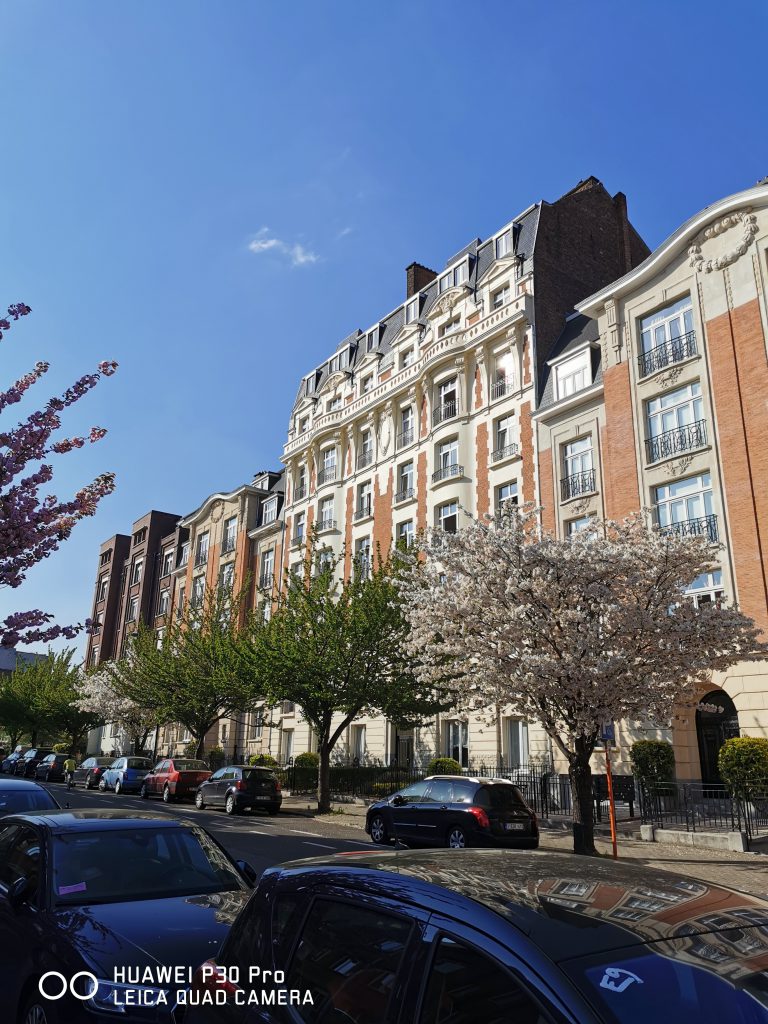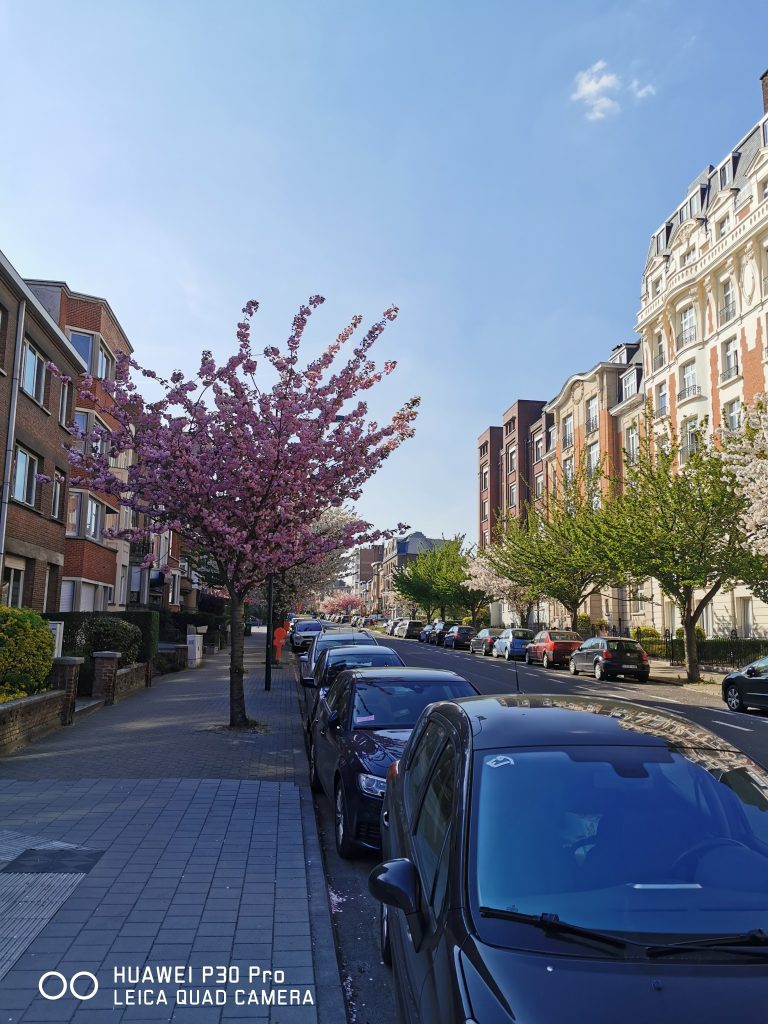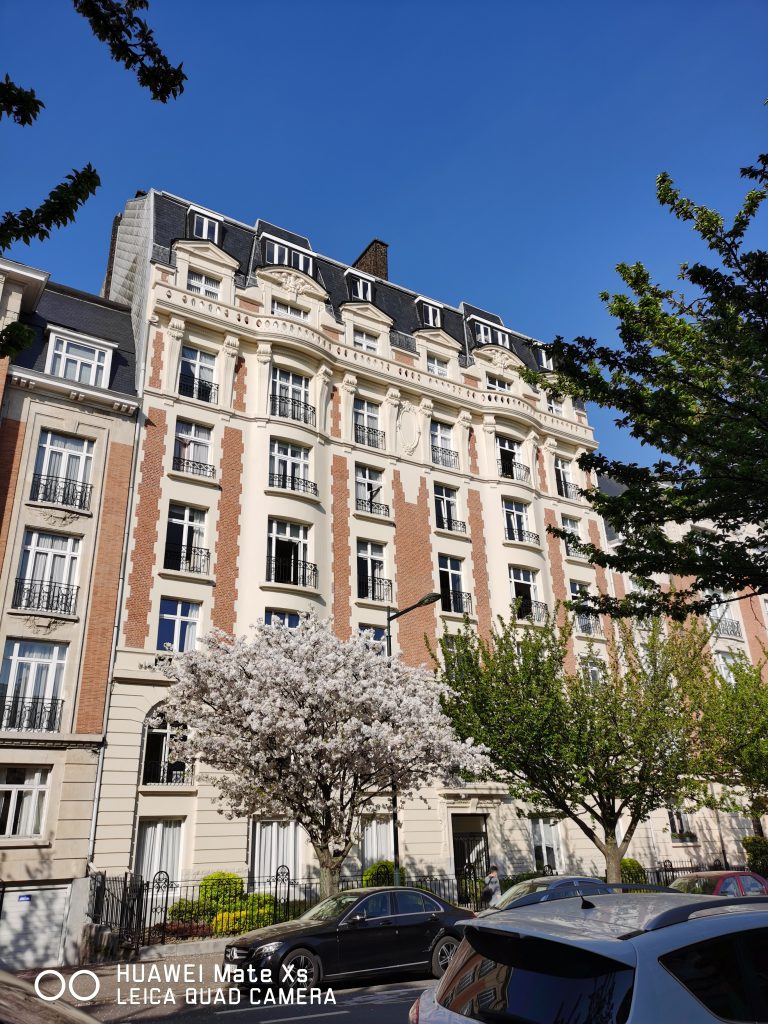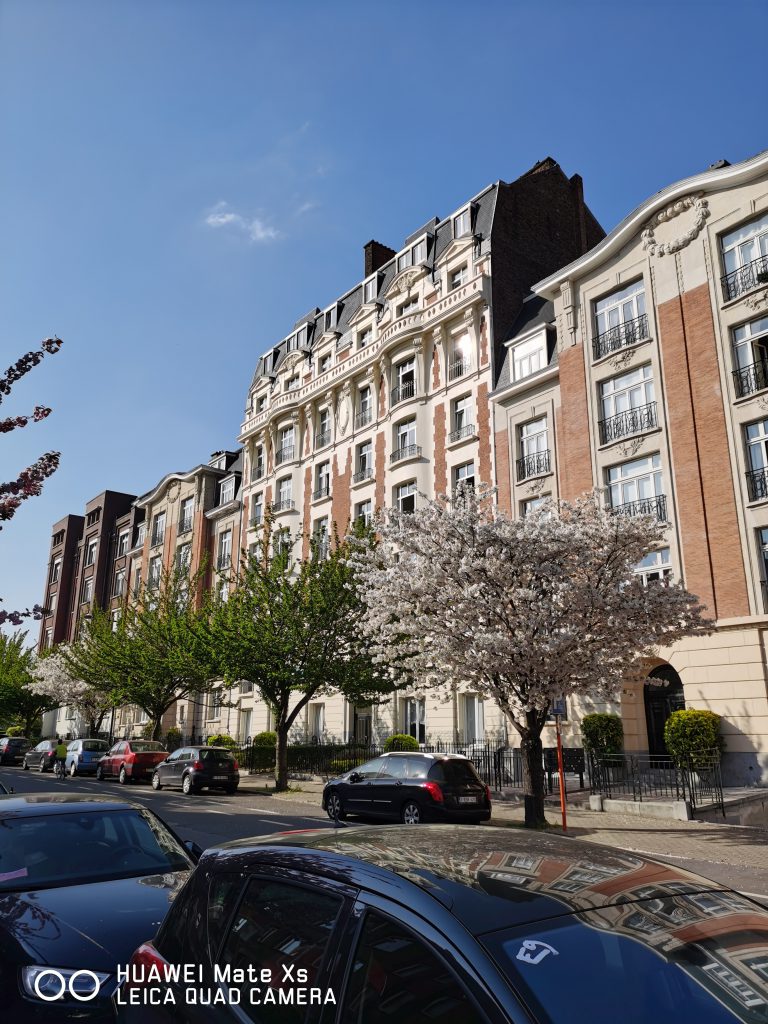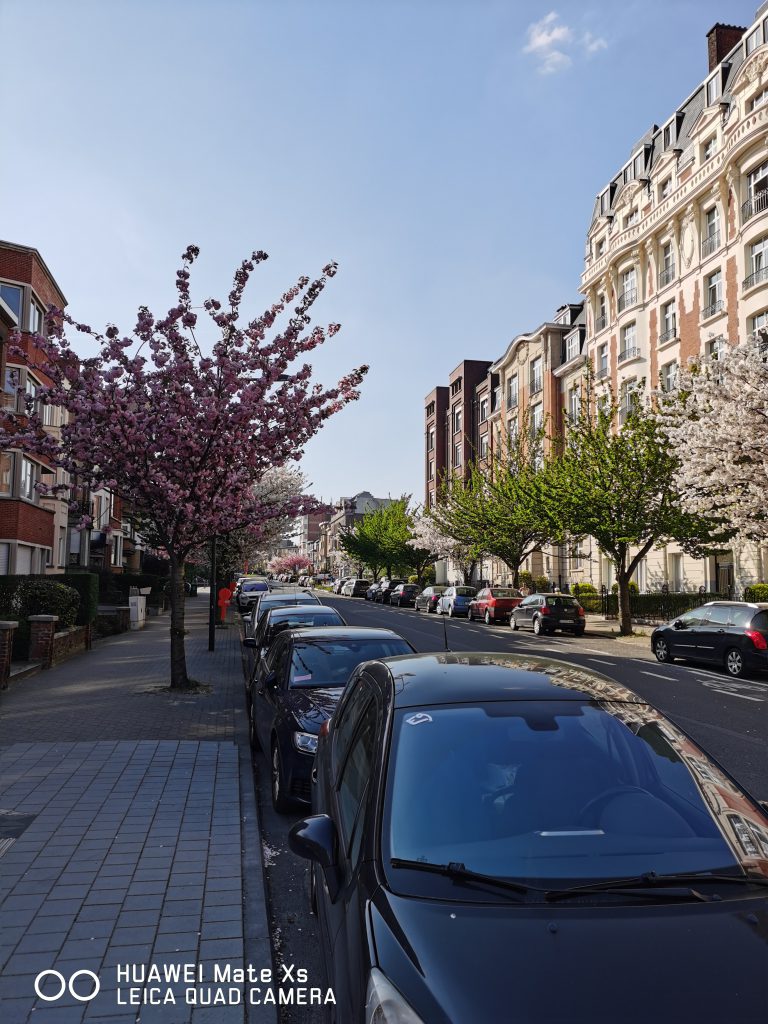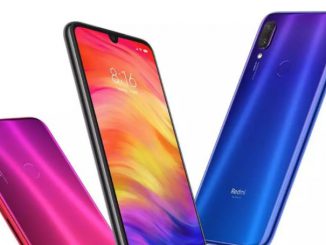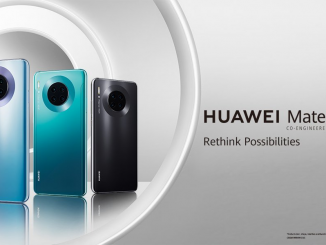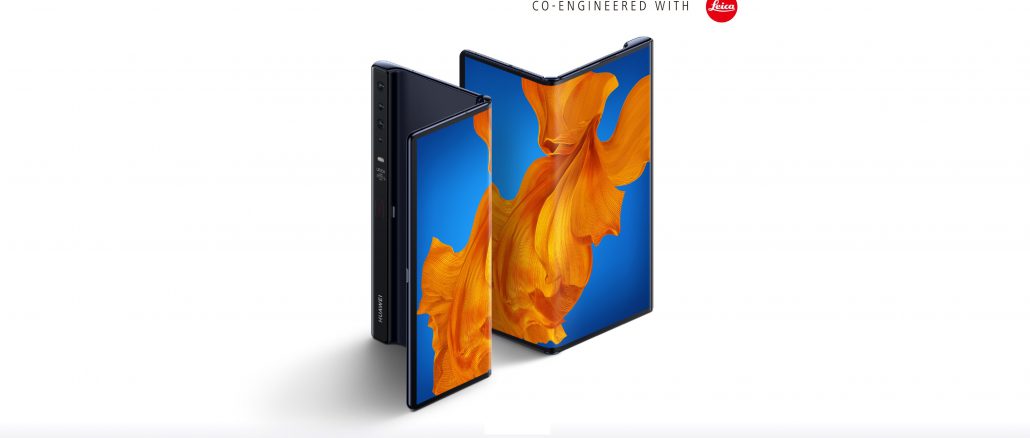
Huawei’s latest foldable phone comes with a camera combining the P30’s with the ToF camera introduced on the P30 Pro, producing quite interesting results.
Artículo disponible en Español | Article disponible en Français
At the end of February of this year, 2020, Huawei introduced their second-generation foldable phone, the Mate Xs. Overall, this new device improves on the previous iteration, the Mate X, keeping most of the specifications but coming with an improved hinge, screen and software experience. Camera-wise, while on paper, both cameras remain the same, with a 40MP+16MP+8MP+ToF configuration, the telephoto lens has been swapped from a 52mm model to a 81mm model, similar to the 80mm found on the regular P30, resulting in a x3 optical zoom and x5 hybrid zoom, and a maximum zoom of x30. However, as mentioned, we also find a ToF camera, just as on the P30 Pro, which should lead to better results than on the P30.
As mentioned, on the Mate Xs, we find a 40MP main camera, a 16MP ultra-wide-angle camera, an 8MP telephoto camera and a ToF camera:
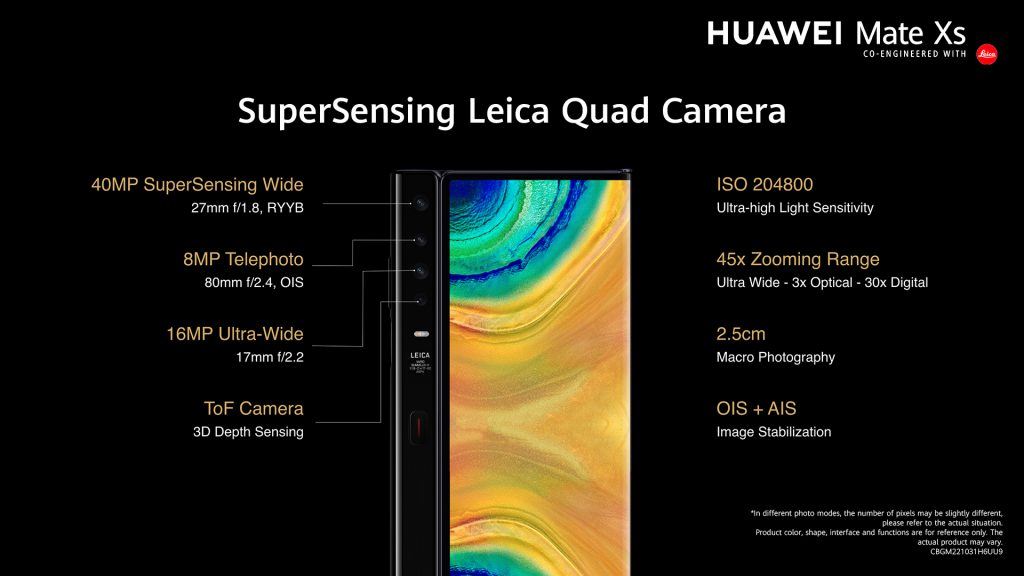
Not having a P30, we’ve decided to use a P30 Pro to compare this new camera, and see whether Huawei has made any changes and/or improvements to the hardware and software over the course of the past year. Of course, we already have a good idea of the capabilities of this “new” camera, which, in a few words, takes excellent pictures with better colour accuracy than the P30 Pro, showing the manufacturer has further polished their software and resolved some of the users’ complaints.
While usually we would have taken pictures in the city centre of Brussels, due to the current coronavirus pandemic and the lockdown in Belgium, we have been unable to go to the usual spots due to the restrictions. We have also been unable to produce as much material as we usually do, especially for comparing the zoom quality. However, we plan on doing a new comparison once the lockdown is lifted.
In terms of software and settings, we’ve used the default settings on both phones, being “Leica standard”, with MasterAI enabled, 10MP resolution for the main camera (and not 40MP) and the watermark setting enabled, to be able to tell more easily from which phone each photo comes from. This option can be disabled via the camera settings, as we’ve had various people ask us this question in the past. By default, this watermark feature is disabled.
Software-wise, the Mate Xs is currently on EMUI10.0.1.123(C432E2R2P1) while the P30 Pro is on EMUI10.0.0.190(C431E19R2P5patch01). This time around, we’ve also tried to take as many pictures as possible with the same conditions, with all vertical pictures having been taken with both phones at the same time, side-by-side. For horizontal pictures, we were unable to do this for obvious reasons, but we’ve still attempted to take all the pictures from the same place/position.
We’ve put the pictures taken with the P30 Pro on the left, while pictures taken with the Mate Xs are on the right side. Those interested in seeing the pictures in full resolution can click on these.
In this first example, we can see how the P30 Pro oversaturates the pink colour of the tree flowers, giving the picture a very different look from what it looks like in reality, with the Mate Xs being closer to reality:
P30 Pro
Mate Xs
Next, we have a series of flowers, with the same observations as with the tree, with the P30 Pro still oversaturating anything that has shades of pink/red. Interestingly enough, in the third picture with the yellow flowers, the Mate Xs gives complete different results if compared to the P30 Pro, with said flowers being brighter and greener, to such an extent they don’t appear to be natural. However, it remains closer to reality. The same can be said about the road asphalt, being darker on the Mate Xs:
Here we have an ultra-wide-angle picture, with very nice results in both cases:
On the following example, we can, once again, notice a clear difference when it comes down to darker colours, although in this case, the explanation is quite simple: the sun. It appears the Mate Xs has taken in more light, as it can be seen on the car on the left side, which, on the Mate Xs picture, is clearer than on the P30 Pro picture:
From this point onwards, the results are mostly consistent, with the Mate Xs always taking clearer, more realistic pictures, while the P30 Pro tends to add a bit of colour, making the pictures more beautiful, but further from the reality:
Next is the only zoom test we’ve been able to make. The P30 Pro has a x5 optical zoom, while the Mate Xs stops at x3, but the results are still quite impressive when we zoom to x10, with, at first glance, enough detail and not much blurriness. This detail is lost at x30, with the overall picture becoming quite blurry and various elements blending together, such as the ladder on the left, while the P30 Pro still manages to take quite clear and detailed shots:
Lastly, we have a relatively interesting building with quite a lot of detail, with both phones managing to take excellent pictures. However, on the last picture, we can notice how the P30 Pro struggled with the sun, making the building a lot lighter than it really is, with the Mate Xs giving a better result:
Now, it is important to keep in mind that most of these pictures are not bad per se, on the contrary, they are all quite good, with both results being quite desirable. However, the P30 Pro tends to increase saturation for various colours, such as red, making pictures of flowers and similar look better than on the Mate Xs, but stray further from the reality. For buildings, the P30 Pro also manages to capture nicer-looking pictures, but when there’s too much sun, colours become too bright/light, losing some of the detail, as it can be noticed with our last example:
For the P30 Pro, there is a clear explanation as to why colours are so off in some cases. As we’ve been able to see in a previous comparison, where we looked at the Mate RS and the P30 Pro, colours had already been toned down from the previous generation, with the Mate RS taking even brighter/oversaturated pictures, often quite far from the reality. However, for Huawei and a large part of their consumers, this is the desired goal, obtaining more “desirable” pictures, even if it means not portraying reality the way it is. In recent times, the manufacturer has been toning down oversaturation, first with the P30 Pro, and then with the Mate 30 Pro, which, from our experience, took much nicer, realistic pictures. The Mate Xs follows this trend, creating more realistic pictures with a lot of detail, and faring much better when there’s too much sun, which is a step in the right direction. Of course, colours can still be modified, through the filters, with us using the default “Leica standard” mode, but with the “Leica vivid” giving a similar effect to what we could obtain by default on the Mate 10 Pro or the P20 Pro/Mate RS.
Our only complaint with the Mate Xs is the lack of x5 optical zoom, first introduced with the P30 Pro, which, a year ago, was an impressive feat for a smartphone. At the same time, we understand that fitting a periscope camera in such a small and compact body might not be feasible. Furthermore, the zoom is a feature most users will not use on a regular basis, but remains a nice feature to have for some specific cases, such as, for example, taking pictures of flowers from a few metres away.
Overall, we are really pleased with the results observed, and look forward to what Huawei is preparing for their next foldable phone, hoping they manage to further improve the camera, putting it on the level of their other, more recent flagships, such as the newly announced P40 series.
More on this subject:
- Unboxing and first impressions of the Huawei Mate Xs (5/04/2020)
- Huawei announces upgraded foldable phone, the Huawei Mate Xs (25/02/2020)
- A look at Huawei’s Nova 5i cameras, compared to the P Smart+ (2018) and the P30 Pro (24/02/2020)
- A look at Huawei’s P30 series cameras, compared to the P20 series (28/03/2019)
